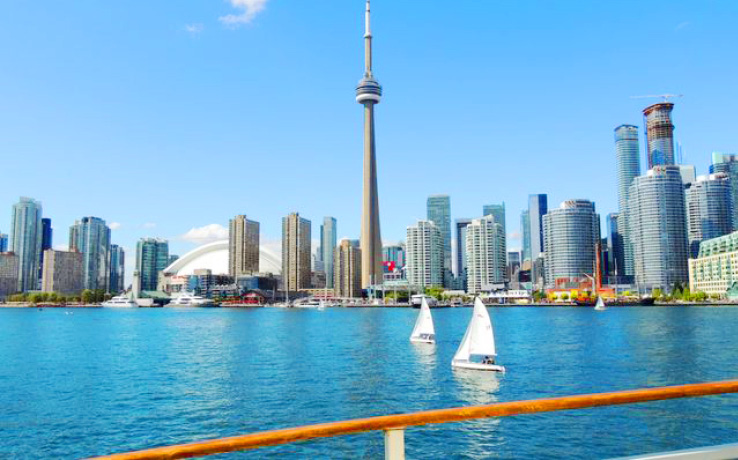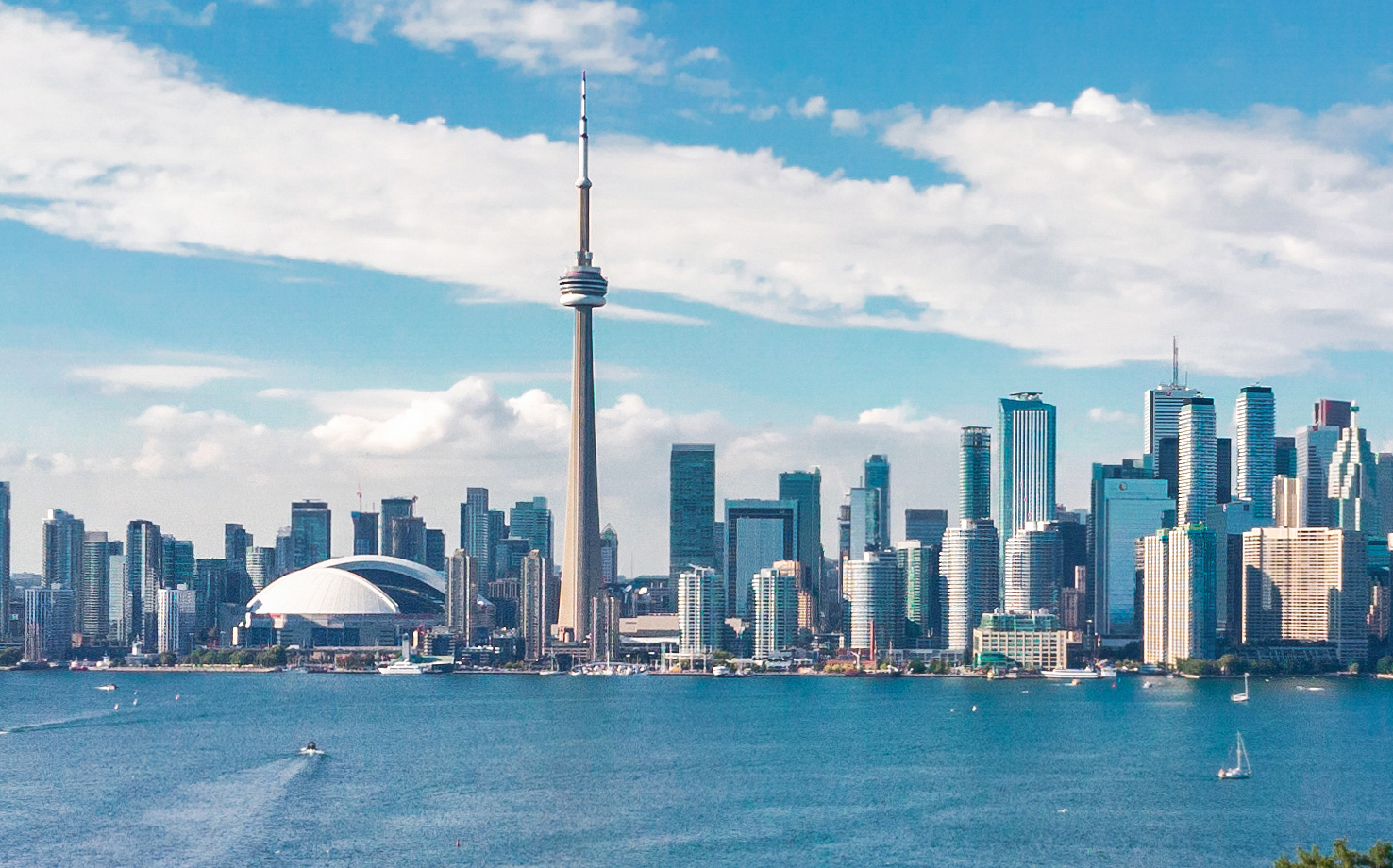Is Toronto a walkable city?
Welcome to our exploration of Toronto, one of North America’s most walkable cities. Through this comprehensive analysis, we’ll navigate the city’s urban planning strategies and pedestrian-friendly attributes that accentuate its walkability.
Before diving in deep, let’s understand walkability. It’s essentially how friendly an area is to walking. Factors such as safety, distance, and convenience, among others, come into play.
The significance of walkability in cities can’t be overstated. It contributes to:
– Improved public health
– Lowered carbon footprint
– Enhanced community involvement
– Better economic growth.
Onward to our Toronto walkability exploration!

Is Toronto a walkable city?Factors Affecting Walkability
Toronto’s walkability is influenced by a variety of interconnected factors that together create an environment conducive to travelling by foot. These range from the city’s urban planning approach to its investment in pedestrian amenities and public transportation.
- Urban Planning and Design: Firstly, Toronto’s urban planning and design play a critical role. The city’s neighborhoods are designed to be compact, easily allowing residents to walk to their desired points of interest.
- Pedestrian-oriented Street Layouts: The street layouts in Toronto are also designed with pedestrians in mind. They include wide sidewalks, inviting storefronts, and minimal barriers that encourage foot traffic.
- Mixed-Use Zoning: The city’s mixed-use zoning further promotes walker-friendly surroundings. This means that residential, commercial, and public facilities can coexist in the same area, reducing the need for long-distance commuting.
- Sidewalk Infrastructure: The quality and maintenance of sidewalks also impact the walkability. In Toronto, a good network of well-maintained sidewalks makes walking a convenient option.
- Traffic Management and Safety Measures: Safety measures, such as traffic light timings, pedestrian bridges, and road crossing facilities, make walking a safer option, thereby encouraging more people to travel on foot.
Analysis of Toronto’s Walkability
Toronto is known for a compact and integrated urban planning that emphasizes human-scale design. This design ensures that neighborhoods, amenities, and green spaces are within walking distance, contributing directly to the city’s walkability.
Toronto’s neighborhoods such as Downtown Core, Kensington Market and The Annex have grid-like layouts that make navigation easy even for newcomers. However, areas like East York incorporate a warped-grid structure, presenting slightly different navigation challenges.
Assessment of Sidewalk Accessibility and Condition
Most areas in Toronto have ample sidewalk space, facilitating easy movement. However, sidewalk conditions can vary, with areas like The Beaches boasting smoother pathways than others.
Evaluation of Transportation Infrastructure
Toronto has a robust transportation network, but how does it support walkability?
– The reliability and frequency of public transportation
– Presence and quality of bike lanes
– Widespread availability of pedestrian-friendly facilities such as crosswalks, countdown timers, and pedestrian-only streets; provide the answer.
With its well-planned urban format, Toronto demonstrates a strong commitment to improving walkability. Not perfect, but continually progressing, the city is a great model of pedestrian-friendly urban planning.
Benefits and Challenges of Walkability in Toronto
Being walkable has various benefits—not only for the individual but for the city as a whole. However, it’s not without its challenges. Let’s delve into both the advantages and considerations in developing Toronto as a pedestrian-friendly urban hub.
Benefits of a walkable city
Walkable cities inherently promote healthier lifestyles. Instead of hopping into a car, residents can opt to walk or bike to their desired destinations. Walkability also encourages interpersonal interaction and creates a more vibrant community.
Health and well-being
Cities that encourage walking tend to have healthier residents, both physically and mentally. Decreased reliance on motorized transportation means less air pollution and lower stress levels due to reduced traffic congestion.
Environmental sustainability
Walking is emission-free, making it the most ecologically sound transportation mode. More walkers and fewer cars can significantly lower greenhouse gas emissions.
Economic development
Walkability can boost local businesses as pedestrians are more likely to frequent shops and cafés along their route.
Challenges and considerations in achieving walkability
Toronto’s cold and snowy winters can often make walking less desirable for residents. And while the city is working on making sidewalks and crosswalks more accessible, it’s crucial to remember that not everyone has the same level of mobility. Thus, the city must maintain a balance between walkability and other modes of transportation.
Climate and weather conditions
Toronto’s winter months can pose a challenge to the walkability of the city. Snow and ice can make streets and sidewalks slippery and dangerous for pedestrians.
Accessibility for people with disabilities
Creating a walkable city should also mean creating an accessible city. It’s essential to consider different forms of mobility to ensure everyone can enjoy the city safely.
Balancing walkability with other transportation modes
Finally, while encouraging walkability, the city must not neglect the requirements of other modes of transportation, like biking, public transit, and cars. In the end, it’s all about maintaining a harmonious and efficient city landscape that caters to all.
Conclusion
Toronto’s urban planning, transportation infrastructure, and pedestrian-friendly facilities all contribute to making it a highly walkable city. From beautiful waterfront walkways to transit and cycling lanes, Toronto invites residents and visitors to journey on foot, fostering a healthy and connected community.
However, maintaining and improving this walkability remains a critical task. Cities must consistently invest in sidewalks, crosswalks, signage, and urban greening, fostering pedestrian safety and engagement.
Encouragement for individuals and communities to prioritize walking as a transportation mode.
Ultimately, the power to further Toronto’s journey as a walkable city lies within each individual’s choice to embrace walking over driving. With every step, we can create more vibrant, active, and sustainable communities.
Thanks for reading this blog. Check out more blogs like this one here: www.toniagara.com/blog/













